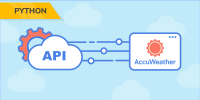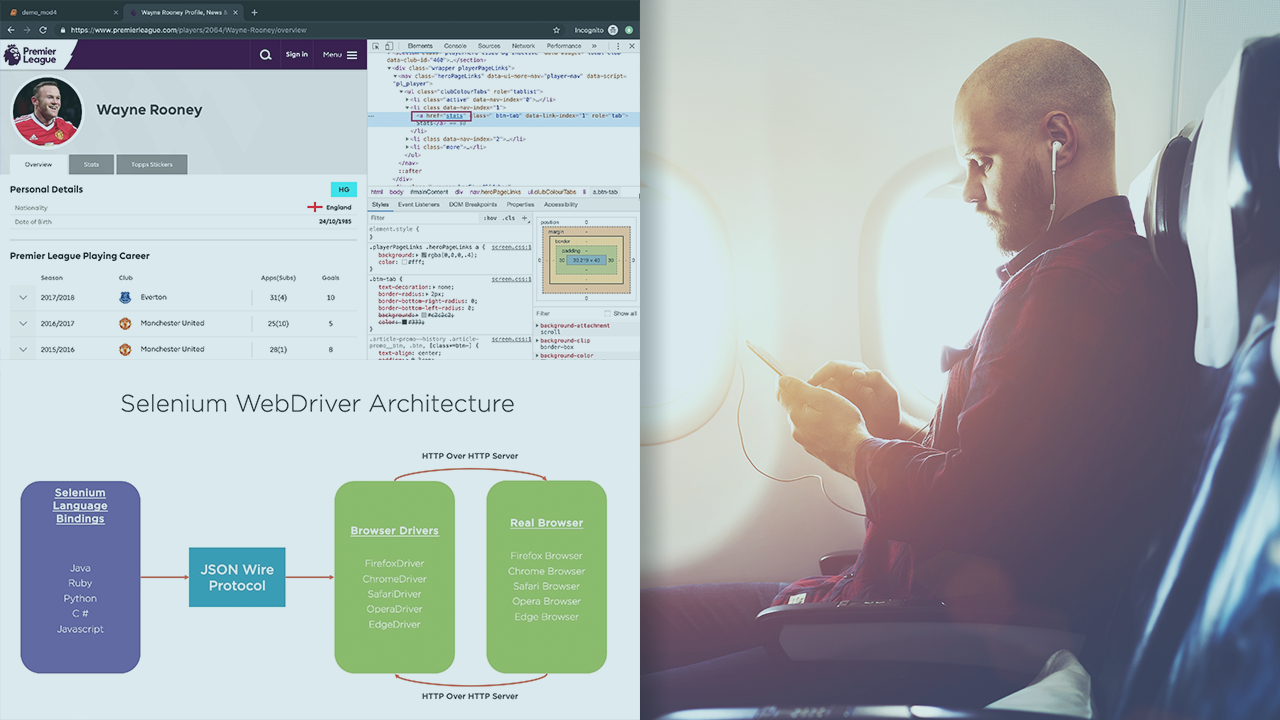Description
In this course, you will learn :
- Use Technical Analysis and Technical Indicators correctly.
- For (Day) Trading and Algorithmic Trading, use Technical Analysis.
- Python can be used to convert technical indicators into sound trading strategies.
- Trading strategies based on technical analysis/indicators are backtested and forward tested.
- Create and backtest Strategies that combine two or more Technical Indicators.
- Python and Plotly can be used to create interactive charts (line, volume, OHLC, etc.).
- Python and Plotly can be used to visualise technical indicators and trend/support/resistance lines.
- For Technical Analysis and Trading, use Pandas, Numpy, and Object Oriented Programming (OOP).
- Load Financial Data from local files and the web.
- Simple Moving Average (SMA) strategies
- Exponential Moving Average (EMA) strategies
- Moving Average Convergence Divergence (MACD) strategies
- Relative Strength Index (RSI) strategies
- Stochastic Oscillator strategies
- Bollinger Bands strategies
- Pivot Point strategies
- Fibonacci Retracement strategies
- mixed strategies (combining two or many indicators)
Syllabus :
- Installing Python and Jupyter Notebooks
- Technical Analysis with Python - an Introduction
- Technical Analysis - Theory and Use Cases
- Simple Moving Averages (SMA) and Introduction to Backtesting
- Exponential Moving Averages (EMA)
- SMA / EMA Crossover Strategies (Coding Challenge)
- Moving Average Convergence Divergence (MACD)
- Relative Strength Index (RSI)
- Working with two or many Indicators - MACD & RSI
- Stochastic Oscillator
- Bollinger Bands
- Pivot Point Strategies
- Fibonacci Retracement Strategies
- Appendix 1: Introduction to Time Series Data and Financial Analysis in Pandas
- Appendix 2: Object Oriented Programming (OOP): The Financial Instrument Class









